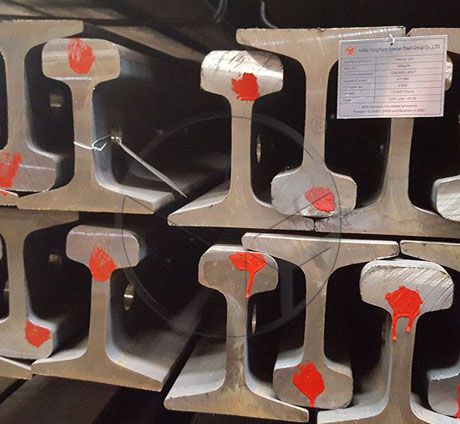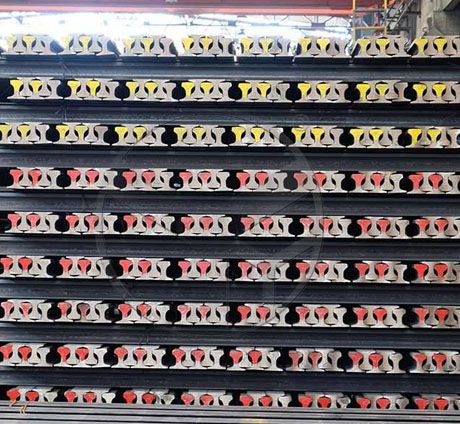What Are the Advantages of Steel Rails?
Steel rails are an essential component of railways, serving as a guide for the wheels of a train and distributing the weight of the train evenly over the track. They are typically made of high-quality steel and come in a variety of shapes and sizes, depending on the specific application. Steel rails have several advantages over other materials, including durability, strength, and cost-effectiveness.
Durability
Steel is an extremely durable material that can withstand heavy loads and intense pressure. Steel rails can last for many years with minimal maintenance, making them an ideal choice for railway tracks. They can withstand extreme temperatures, humidity, and weather conditions, making them an excellent option for outdoor use. Steel rails also have a high resistance to wear and tear, which is crucial for a component that is continuously exposed to the weight and pressure of a train.
Strength
Steel is one of the strongest materials available, and steel rails are no exception. They can support heavy loads, such as freight trains, and distribute the weight of the train evenly over the track. The strength of steel rails helps to prevent derailments and accidents, ensuring the safety of both passengers and cargo. The strength of steel also allows for the construction of longer and wider tracks, enabling trains to travel faster and carry more goods and people.
P50/50kg Railroad Rail From China
Cost-effectiveness
While the initial cost of steel rails may be higher than other materials, such as wood or concrete, they are often more cost-effective in the long run. Steel rails require minimal maintenance and have a long lifespan, reducing the need for frequent replacements. They also have a lower risk of failure, which can lead to costly repairs and downtime. Additionally, steel rails can be recycled, reducing waste and environmental impact.
Versatility
Steel rails come in a variety of shapes and sizes, allowing them to be used in a range of railway applications. They can be customized to fit specific track requirements, such as curves, switches, and grades. This versatility allows for the creation of a more efficient and effective railway system, improving transportation and logistics.
Ease of Installation
Steel rails are relatively easy to install compared to other materials, such as concrete or wood. They can be installed quickly and efficiently, reducing construction time and costs. This ease of installation also allows for repairs and replacements to be done quickly and efficiently, minimizing disruptions to railway operations.
Compatibility
Steel rails are compatible with a range of other railway components, such as sleepers, ballast, and fasteners. This compatibility allows for the creation of a cohesive railway system, ensuring that all components work together seamlessly. It also allows for the replacement of individual components without having to replace the entire system.
Safety
One of the most significant advantages of steel rails is their safety. Steel rails are designed to prevent derailments and accidents, ensuring the safety of passengers and cargo. They can withstand extreme weather conditions, such as heavy rain or snow, reducing the risk of accidents. Steel rails also have a low coefficient of friction, which helps to reduce the wear and tear on train wheels and tracks, reducing the risk of accidents caused by worn or damaged components.
Conclusion
Steel rails are an essential component of modern railway systems. Their durability, strength, cost-effectiveness, versatility, ease of installation, compatibility, and safety make them an ideal choice for railway tracks. While other materials, such as wood and concrete, have been used in the past, the advantages of steel rails have made them the go-to choice for modern railways. As technology continues to advance, it is likely that steel rails will continue to play a vital role in the transportation and logistics industries.
Read more
What Are the Parts of a Railway Track?
How Much Do You Know About Crane Rails?
Related:



